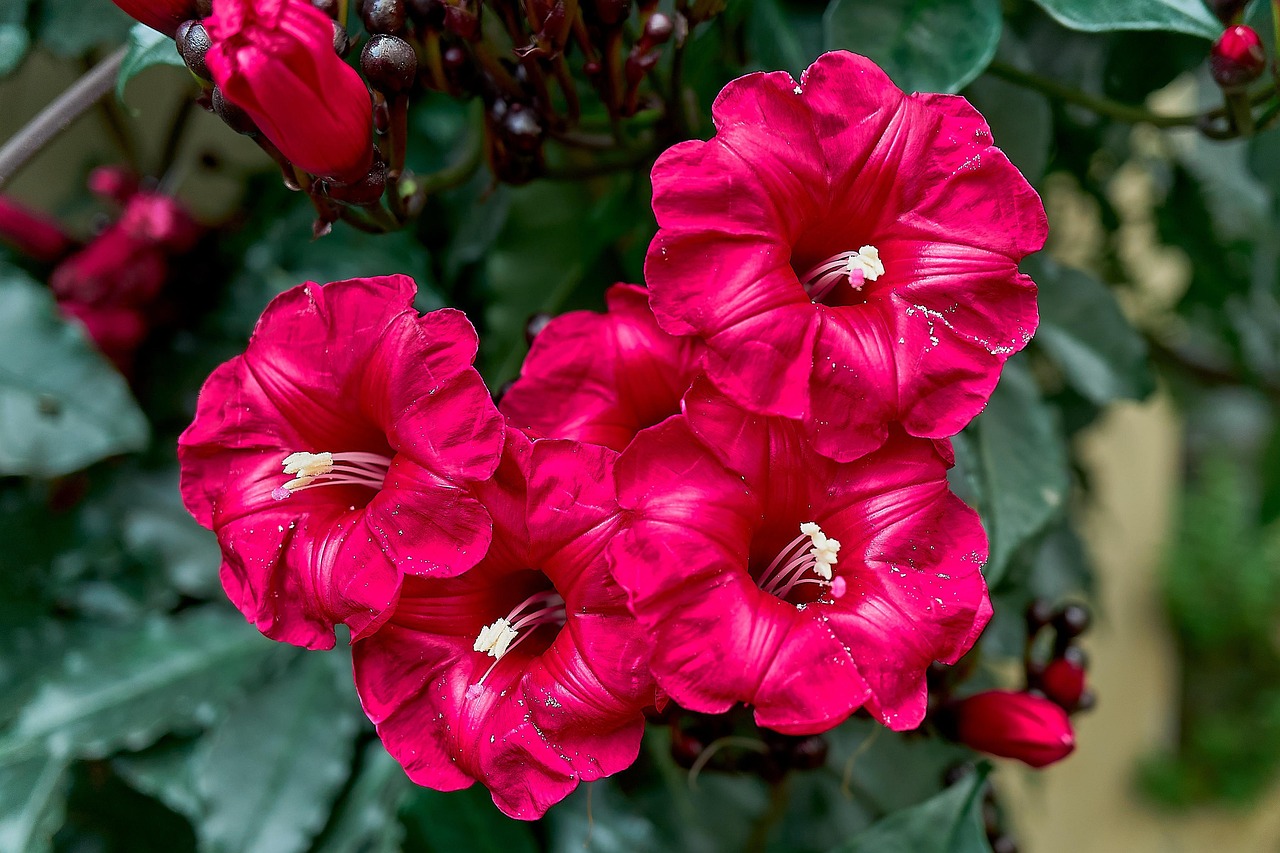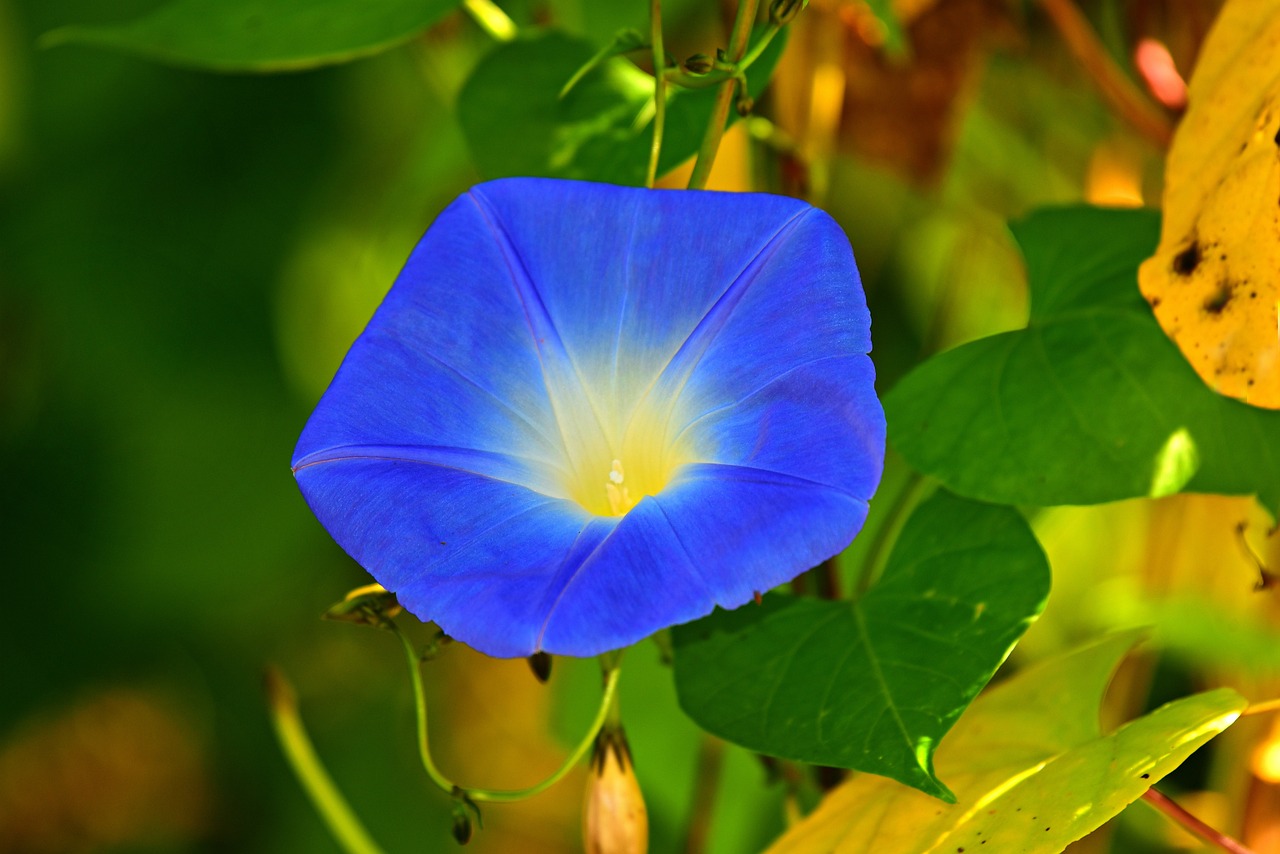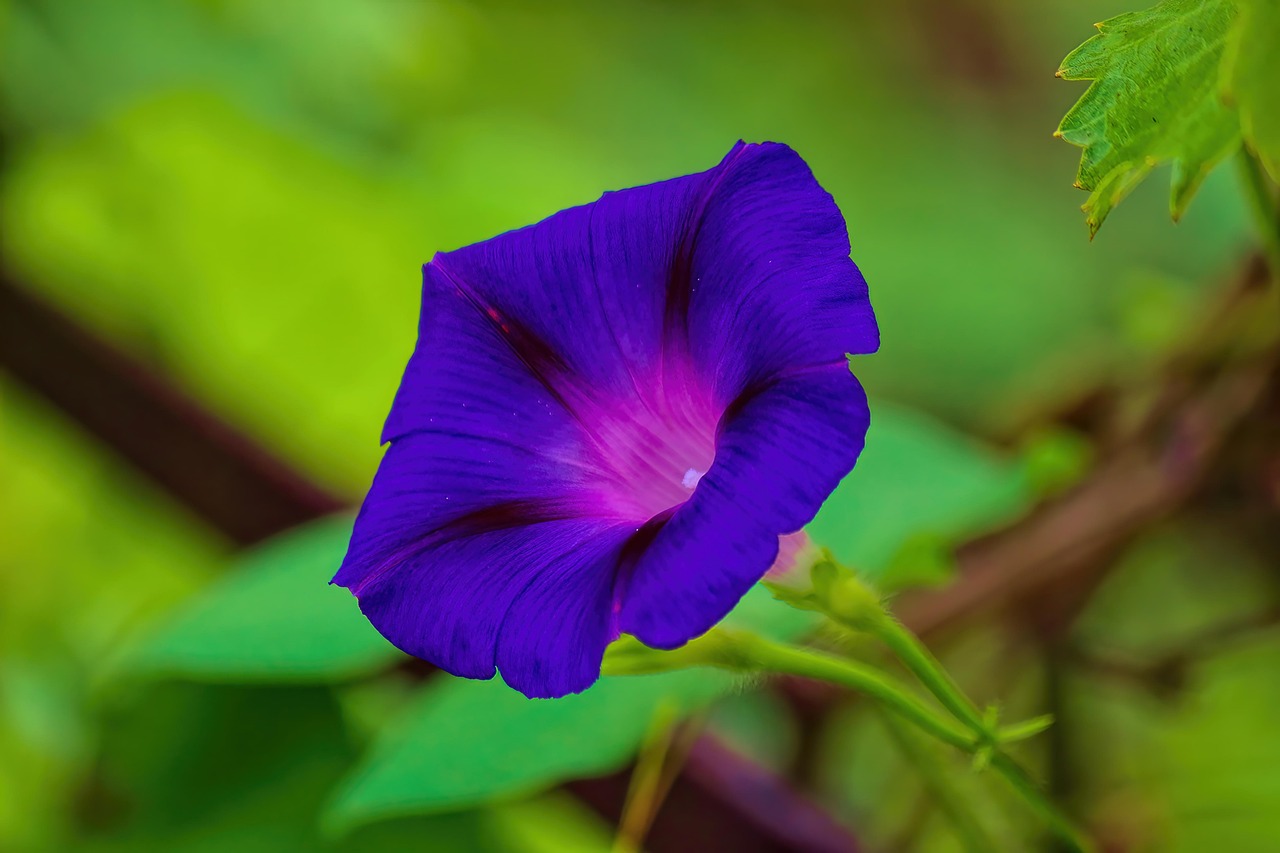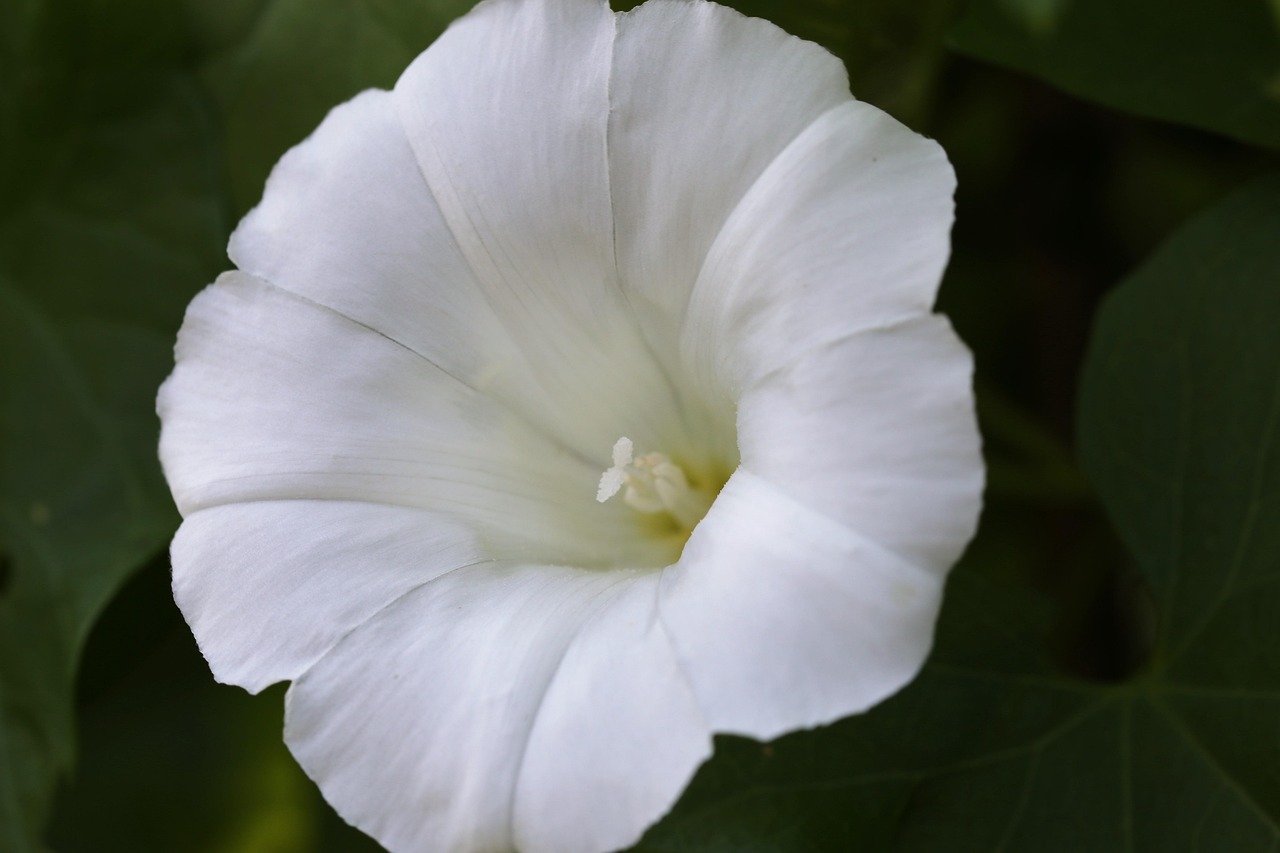Mina lobata | An Ornamental Plant from the Passionate Lands of Latin America
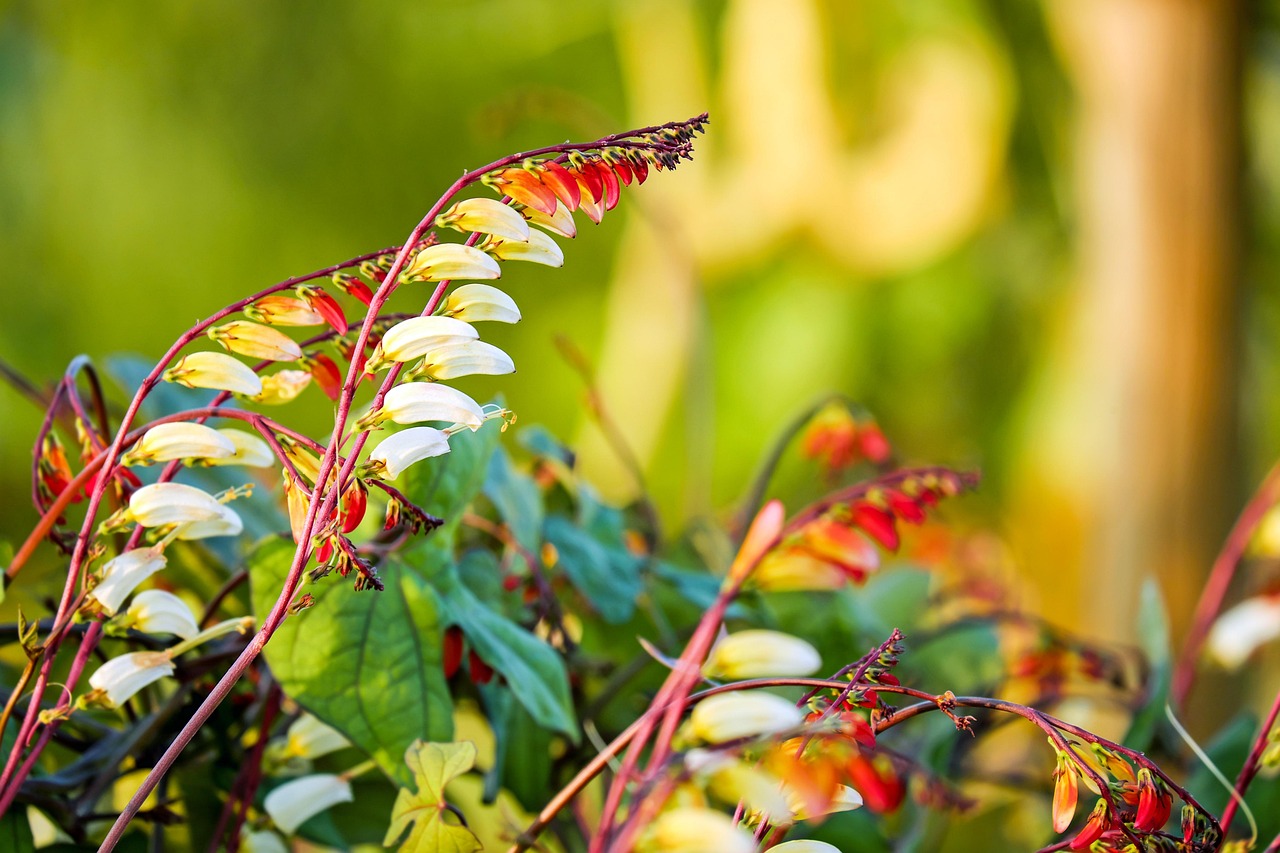
Mina lobata is a climbing plant distinguished by its flowers that change color from vibrant red to yellow.
Its unique blossoms, blooming from summer to autumn, make it a popular ornamental plant for decorating gardens and fences. Because it grows rapidly, it can be trained around stakes and trellises to create a three-dimensional display.
In this article, I will explain in detail the basic information, cultural background, historical anecdotes, and cultivation methods of Mina lobata.
Basic Information
- Scientific name: Ipomoea lobata
- Family: Convolvulaceae
- Origin: Mexico and Latin America
- Appearance: An annual climbing plant with slender stems that twine around nearby structures. The leaves are deep green with lobes, and the flowers, which start out red, gradually turn yellow over time.
- Flowering season: Summer to autumn (July to October)
Cultural Significance Around the World
Mina lobata, with its fiery colors and vigorous growth, has acquired symbolic meanings in various cultures.
In Mexico, its bright, sun-like flowers symbolize “vitality” and “passion,” and the plant is often used for decorating gardens and festivals. In traditional markets, it is cherished as a flower that brightens the home.
In Europe, it was introduced in the 19th century as an ornamental plant, and its vibrant hues and climbing nature quickly gained popularity among gardening enthusiasts.
In the United Kingdom and France, it is appreciated in greenhouses and gardens for its exotic appearance.
In the United States, it is widely cultivated for its value as a climbing plant, decorating fences and arches in both private gardens and public spaces. It has also been adopted in urban gardens, where it is known for creating colorful landscapes.
Historical Background
Mina lobata was brought to Europe in the early 19th century.
At that time, explorers and plant collectors actively brought rare plants from Latin America, and Mina lobata was among them, first cultivated in greenhouses in Britain and France.
Discovered as a wildflower in Mexico, it was initially introduced in horticultural journals as an “exotic climber” and soon became a fashionable addition to aristocratic gardens.
In the late 19th century, breeding efforts produced varieties with longer flowering periods and greater tolerance to cooler climates.
The plant later spread to the United States and Australia, and today it is cultivated worldwide, especially in regions with mild climates.
Gardening Advice

Here are some tips for cultivating Mina lobata successfully:
Sunlight
It prefers sunny locations. If sunlight is insufficient, flowering will be reduced, so an environment with ample light is ideal.
Watering
Water thoroughly when the soil surface dries. Ensure good drainage to avoid excess moisture.
Soil
Choose well-drained soil. Mixing sand or perlite into ordinary potting soil helps promote healthy root development.
Fertilizer
During the growing season (spring to autumn), apply diluted liquid fertilizer once or twice a month to encourage flowering. Avoid excessive nitrogen, which causes leaf overgrowth at the expense of flowers.
Support and Training
As a climbing plant, it thrives when trained around fences or trellises. Since it grows quickly, provide adequate supports and guide the stems to maintain an attractive shape.
Cold Resistance
It is sensitive to frost, so in colder regions, planting should be done after the danger of late spring frost has passed. For overwintering, manage the plant indoors or in a greenhouse.
Conclusion
Mina lobata is a vigorous climber that produces flowers shifting from red to yellow.
In its native Mexico, it symbolizes vitality and passion, while in Europe it was introduced in the 19th century as an ornamental plant.
Its rapid growth allows it to decorate gardens and balconies with three-dimensional beauty when trained on supports or fences. With adequate sunlight and well-drained soil, it can be grown healthily.
It is also well-suited to urban gardening, where its brilliant blossoms enhance landscapes and bring joy to many people.

